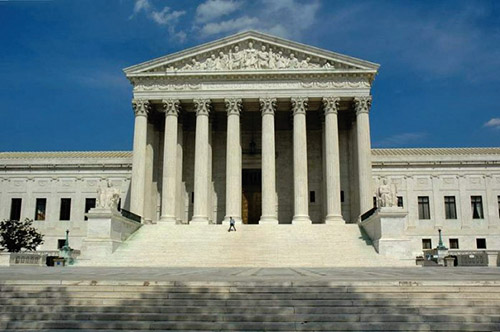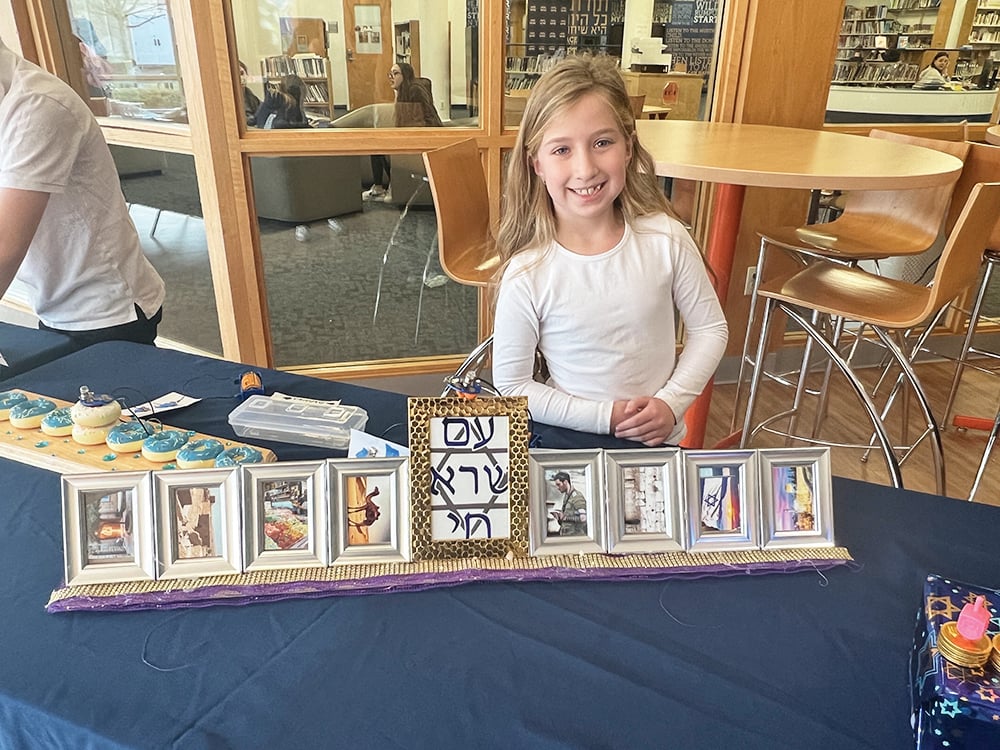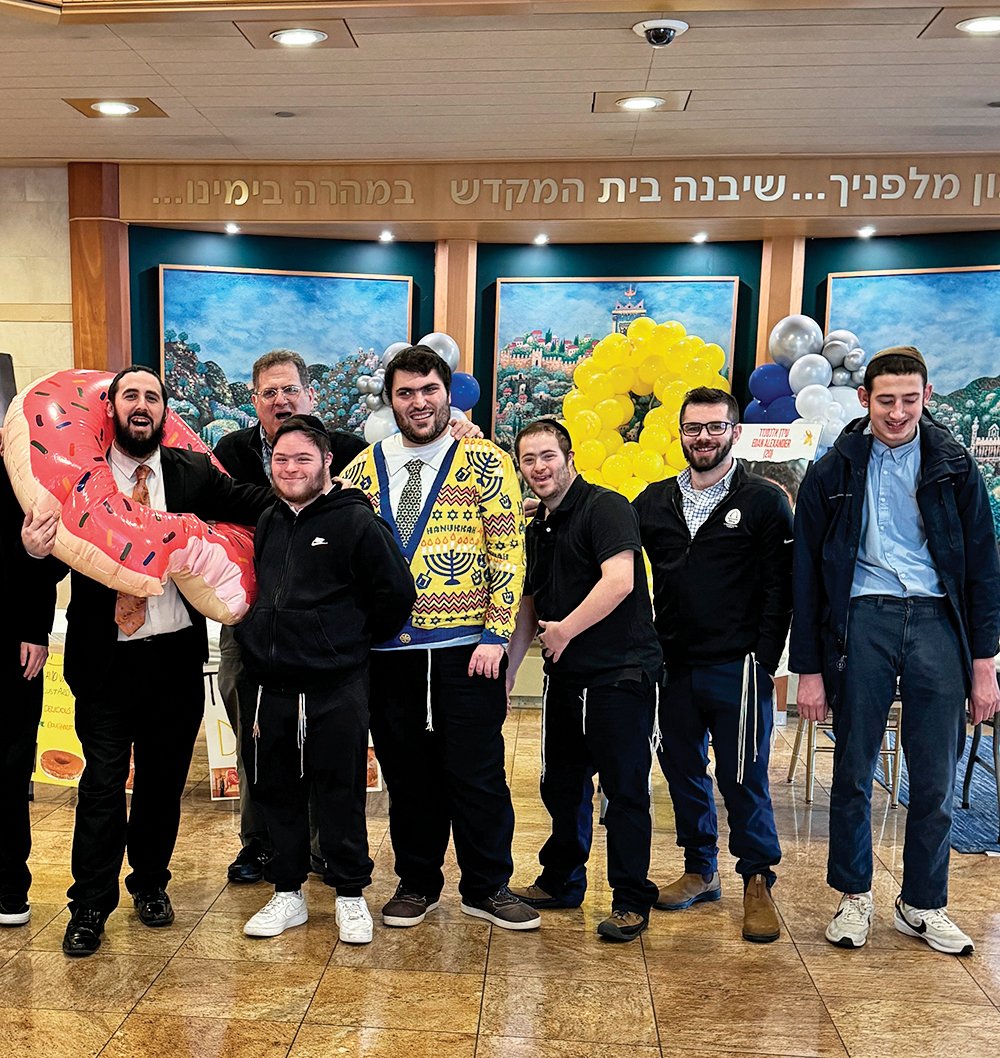
The United States Supreme Court, in a decision issued on November 25, 2020, granted a motion for a temporary restraining order enjoining New York Governor Cuomo from enforcing executive orders he had issued that set strict limitations on attendance at houses of worship. The governor’s orders had limited attendance to 10 people in “red zones” and to 25 people in “orange zones,” which he claimed was necessary to prevent the spread of COVID-19.
Agudath Israel of America and the Roman Catholic Diocese of Brooklyn both filed lawsuits against the governor’s orders. Agudah asserted that Cuomo had specifically targeted the Orthodox Jewish community in defining the boundaries of the red and orange zones, and cited remarks he had made to support that contention, while both groups claimed that the governor’s orders treated houses of worship much more harshly than comparable secular facilities, and thus violated the Free Exercise clause of the First Amendment to the U.S. Constitution, which provides for freedom of religion.
While the lawsuits are pending—a process that can take many months—each group filed an application for a temporary restraining order (TRO) to prevent enforcement of the governor’s orders during this period. The TRO applications were denied at the federal district court level, as the courts found that the public health emergency justified the restrictions on attendance at houses of worship.
Both groups appealed to the U.S. Court of Appeals for the Second Circuit, which likewise denied their applications. Relying on a ruling by the U.S. Supreme Court earlier this year in a challenge brought by a California church, South Bay United Pentecostal Church v. Newsom, the Second Circuit held that Cuomo’s order did not violate the Free Exercise clause because while it did burden the groups’ religious practices, it also impacted comparable secular public gatherings such as schools and restaurants.
In a dissenting opinion, Second Circuit Judge Michael H. Park determined that the governor’s orders should be subject to strict scrutiny—the biggest hurdle a restriction on a constitutional right can be subjected to—because they were not neutral in their application. He noted that the strict capacity limits applied only to religious institutions, and that in the same red and orange zones, pet shops, liquor stores and other businesses that Cuomo considered “essential” remained open, free from any capacity limits. By singling out houses of worship for unfavorable treatment, Judge Park said, the orders specifically and intentionally burdened the free exercise of religion in violation of the First Amendment.
Agudah and the Roman Catholic Diocese appealed the denial of their TRO applications to the U.S. Supreme Court. In Roman Catholic Diocese of Brooklyn v. Cuomo the Court jointly granted the applications. The Court agreed that the governor’s regulations treated houses of worship much more harshly than comparable secular facilities, and noted that the petitioners had followed all public health guidance, implemented additional precautionary measures, and operated at 25% or 33% capacity for months. “The applicants have clearly established their entitlement to relief pending appellate review. They have shown that their First Amendment claims are likely to prevail, that denying them relief would lead to irreparable injury, and that granting relief would not harm the public interest.”
The Court stated the challenged restrictions were shown to violate “the minimum requirement of neutrality” to religion. Even leaving aside the governor’s statements demonstrating that the orders were enacted to target the ultra-Orthodox community, the Court held that they were far from neutral because they singled out houses of worship for especially harsh treatment. For example, in a red zone, while a synagogue or church could not admit more than 10 persons, businesses categorized as “essential” could admit as many people as they wish. And the list of “essential” businesses includes things such as acupuncture facilities, campgrounds, garages, and others whose services are not limited to those that can be regarded as essential. The Court found the disparate treatment even more striking in orange zones: While attendance at houses of worship is limited to 25 persons, even nonessential businesses could decide for themselves how many persons to admit. So hundreds of people could shop in a large store in Brooklyn while at the same time nearby churches and synagogues were limited to 10 or 25 people for a worship service.
The Court concluded that the orders are not neutral laws of general applicability and must therefore be subject to the stringent constitutional review of “strict scrutiny” (as Judge Park had urged in his dissent), meaning that they must be narrowly tailored to serve a compelling state interest. The Court held that while stemming the spread of COVID-19 is unquestionably a compelling interest, “it is hard to see how the challenged regulations can be regarded as ‘narrowly tailored’.” Indeed, the restrictions are “far more restrictive than any COVID-related regulations that have previously come before the Court, much tighter than those adopted by many other jurisdictions hard-hit by the pandemic, and far more severe than has been shown to be required to prevent the spread of the virus at the applicants’ services.”
Not only is there no evidence that the petitioners have contributed to the spread of COVID-19, the Court noted, but there are many other less-restrictive rules that could have been adopted to minimize the risk to those attending religious services, such as tying the maximum attendance at a religious service to the size of the church or synagogue: “It is hard to believe that admitting more than 10 people to a 1,000-seat church or 400-seat synagogue would create a more serious health risk than the many other activities that the State allows.”
In a sharp reversal from its ruling in the South Bay case earlier this year, the Court did not defer to the arguments made by the governor that the public health emergency justified the harsh restrictions. “Even in a pandemic,” the Court wrote, “the Constitution cannot be put away and forgotten. The restrictions at issue here, by effectively barring many from attending religious services, strike at the very heart of the First Amendment’s guarantee of religious liberty.”
However, it is important to note that the Court did not hold that government cannot impose restrictions on houses of worship. It only said that houses of worship cannot be treated differently than secular institutions. A governor could, therefore, still impose stringent restrictions on attendance at houses of worship, as long as similar restrictions are imposed on secular institutions and as long as those restrictions are justified by “compelling government interest” (such as if there is a major outbreak of COVID-19 in the area) and are not stricter than the public health situation requires.
Justice Neil Gorsuch, in a concurring opinion, wrote even more strongly against the restrictions at issue. “According to the Governor, it may be unsafe to go to church, but it is always fine to pick up another bottle of wine, shop for a new bike, or spend the afternoon exploring your distal points and meridians. Who knew public health would so perfectly align with secular convenience?” he wrote. “The Governor is remarkably frank about this: In his judgment, laundry and liquor, travel and tools, are all ‘essential’ while traditional religious exercises are not. That is exactly the kind of discrimination the First Amendment forbids.”
Noting that there was a willingness to defer to executive orders restricting attendance at houses of worship at earlier stages of the pandemic, Justice Gorsuch wrote that “even if the Constitution has taken a holiday during this pandemic, it cannot become a sabbatical.” He further explained that Jacobson v. Massachusetts, a 1905 U.S. Supreme Court case upholding a mandatory vaccination law which Cuomo cited in support of his orders, did not support “cutting the Constitution loose during a pandemic.” That decision involved an alleged violation of an implied constitutional right (the right to “bodily integrity”) and was subject only to “rational basis review,” whereas here, violation of an explicit First Amendment right is at stake and strict scrutiny is required. Voting with the majority, Justice Gorsuch wrote, “It is time—past time—to make plain that, while the pandemic poses many grave challenges, there is no world in which the Constitution tolerates color-coded executive edicts that reopen liquor stores and bike shops but shutter churches, synagogues, and mosques.”
Chief Justice John Roberts dissented. He conceded that the governor’s restrictions “may well violate the Free Exercise Clause,” and that numerical capacity limits of 10 and 25 people “do seem unduly restrictive.” The Chief Justice explained that he dissented in this case not because he felt there was no Free Exercise violation but solely because Cuomo had since revised the restrictions on houses of worship so that none of those identified in the applications were subject to any fixed numerical restrictions. Therefore, he found it unnecessary to rule on the question of whether the original restrictions were unconstitutional.
While restating the position he took in the South Bay case involving COVID-19 restrictions in California—that it is “a significant matter to override determinations made by public health officials concerning what is necessary for public safety in the midst of a deadly pandemic”—Justice Gorsuch wrote that if Cuomo were to reinstate the restrictions, the applicants could then return to the Supreme Court and that the Court could act quickly on those renewed applications. So even Chief Justice Roberts has made clear that he could well rule in the future that stringent COVID-19 restrictions on houses of worship, such as New York’s original executive orders, might violate the Free Exercise clause.
Justice Stephen Breyer, in his dissent, stated that he opposed issuing an injunction in part because none of the applicants are now subject to the fixed-capacity restrictions that they challenged in their applications, as the governor has changed their areas to yellow zones where they can now hold services with up to 50% of maximum capacity. He agreed with the Chief Justice that if the governor does reimpose the red and orange zone restrictions, the applicants could quickly refile their applications with the Supreme Court and be heard.
Furthermore, while he conceded that the restrictions imposed by the governor were severe, he noted that given the sharp rise in COVID-19 cases, nationwide and in New York, there are very strong public health and safety arguments to be made for allowing such severe restrictions. Therefore, he wrote, it is far from clear that “the balance of equities tips in [the applicants’] favor,” or “that an injunction is in the public interest.”
Justice Sonia Sotomayor, who also dissented, stated that her main reason for dissenting was that the restrictions on attendance at houses of worship were a necessary means of preventing the spread of COVID-19 in areas facing severe outbreaks of the virus, and that the courts should not prevent public officials from issuing orders they deem necessary to protect the public health. She wrote that New York does apply similar or more-severe restrictions to comparable secular gatherings, such as lectures, concerts, movie showings, spectator sports, and theatrical performances, and treats more leniently only dissimilar activities, such as operating grocery stores, banks, and laundromats, in which people neither congregate in large groups nor remain in close proximity for extended periods. The great public health risk, combined with the fact that comparable secular gatherings were also affected by the restrictions, “should be enough to decide this case.”
She noted that religious worship services, in which large groups of people gather, speak, and sing in close proximity indoors for extended periods of time, are deemed by medical experts to facilitate the spread of COVID-19, while bike repair shops and liquor stores and the like don’t feature customers gathering in the same way. “Justices of this Court play a deadly game in second-guessing the expert judgment of health officials about the environments in which a contagious virus, now infecting a million Americans each week, spreads most easily,” Justice Sotomayor wrote.
Why did the Supreme Court reverse its earlier decision in South Bay, the California case in which it upheld COVID-19 restrictions against participation in church services? The simple answer is that Justice Ruth Bader Ginsburg, who voted with the majority in that case, has been replaced by Amy Coney Barrett, the new justice appointed by President Trump, who voted with the majority in this case. So we now have a Supreme Court in which the majority of justices do not automatically defer to pandemic-related public health concerns when reviewing restrictions on constitutionally protected rights, such as the right to assemble in worship services.
While the Second Circuit has yet to hear and rule on the underlying cases, the Supreme Court has made clear that restricting religious activities while allowing similar secular activities in the name of protecting public health must be subject to “strict scrutiny,” that government must demonstrate a “compelling interest,” and that the proposed restrictions must be “narrowly tailored” to advance that interest. Practically, the Supreme Court’s decision in this case means that it is now likely that any COVID-19 executive orders that do not treat religious institutions similarly to secular institutions can be successfully challenged in federal court.
While individual federal judges may still choose to defer to the cited public health concerns over the right to free exercise of religion, a house of worship now has a very strong precedent to rely upon in arguing against restrictions that fall more heavily on religious institutions than secular ones, and is likely to get a favorable ruling if such a case ultimately makes its way to the Supreme Court. However, the Supreme Court’s decision in Roman Catholic Diocese of Brooklyn v. Cuomo does not provide clear and defined guidelines as to exactly what a governor can and cannot order in imposing COVID-19-based restrictions. Those would still need to be analyzed by the courts on a case-by-case basis.
Lastly, it must be noted that the Supreme Court has only issued a temporary restraining order, not a final ruling. The cases are still moving forward in the Second Circuit Court of Appeals. During the time that the TRO remains in effect, however, Governor Cuomo is prohibited from reinstating and enforcing orders limiting attendance at houses of worship in red and orange zones to fixed numbers and levying fines against houses of worship that do not abide by those restrictions.
Joey Aron is the founding attorney of Aron Law, PLLC, a boutique law firm in Brooklyn, where he focuses on FOIL litigation and matters pertaining to religious discrimination.













